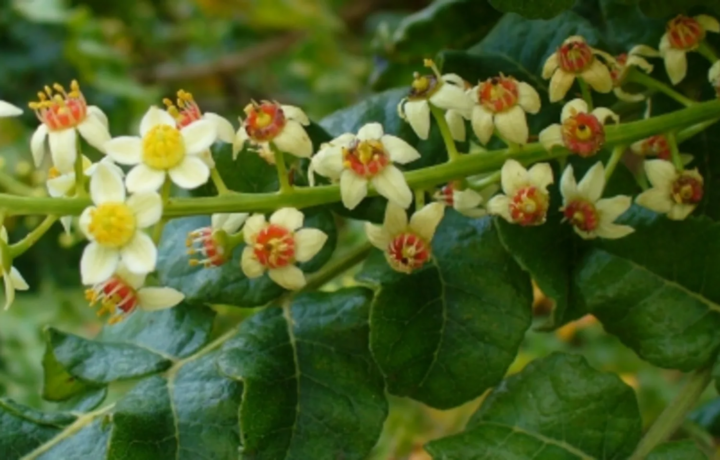A Wise Man’s Cure: Frankincense and Myrrh
Frankincense and the other plant-derived treasure given to the newborn Jesus in the New Testament narrative—myrrh—have a long history dating back thousands of years. Though perhaps best known for their use in incense and ancient rituals, these substances—both of which boast proven antiseptic and inflammatory properties—were once considered effective remedies for everything from toothaches to leprosy. “We have textual—and also archaeological—evidence that both frankincense and myrrh were used as medicinal substances in antiquity,” confirmed Alain Touwaide, a historian of medicine at the Institute for the Preservation of Medical Traditions and the Smithsonian Institution. Today, researchers like the Cardiff team are drawing on this centuries-old knowledge to develop modern treatments for a variety of disorders. Find out more about these healing gifts of the magi.
What are frankincense and myrrh?
Both frankincense and myrrh are derived from the gummy sap that oozes out of the Boswellia and Commiphora trees, respectively, when their bark is cut. The leaking resin is allowed to harden and scraped off the trunk in tear-shaped droplets; it may then be used in its dried form or steamed to yield essential oils. Both substances are edible and often chewed like gum. They are also extremely fragrant, particularly when burned, with frankincense giving off a sweet, citrusy scent and myrrh producing a piney, bitter odor.
Because frankincense and myrrh can be collected from multiple Boswellia and Commiphora species, several different varieties are available. The shrubby trees that produce them are native to the Arabian Peninsula and regions of northeast Africa, though Boswellia has also been cultivated in southern China. (Frankincense has been a staple of traditional Chinese medicine since at least 500 B.C.) Early attempts to grow the trees in the Levant—and specifically in what is now Israel—failed, according to Touwaide.
Originally Published June 27, 2011: https://www.history.com/news/a-wise-mans-cure-frankincense-and-myrrh

